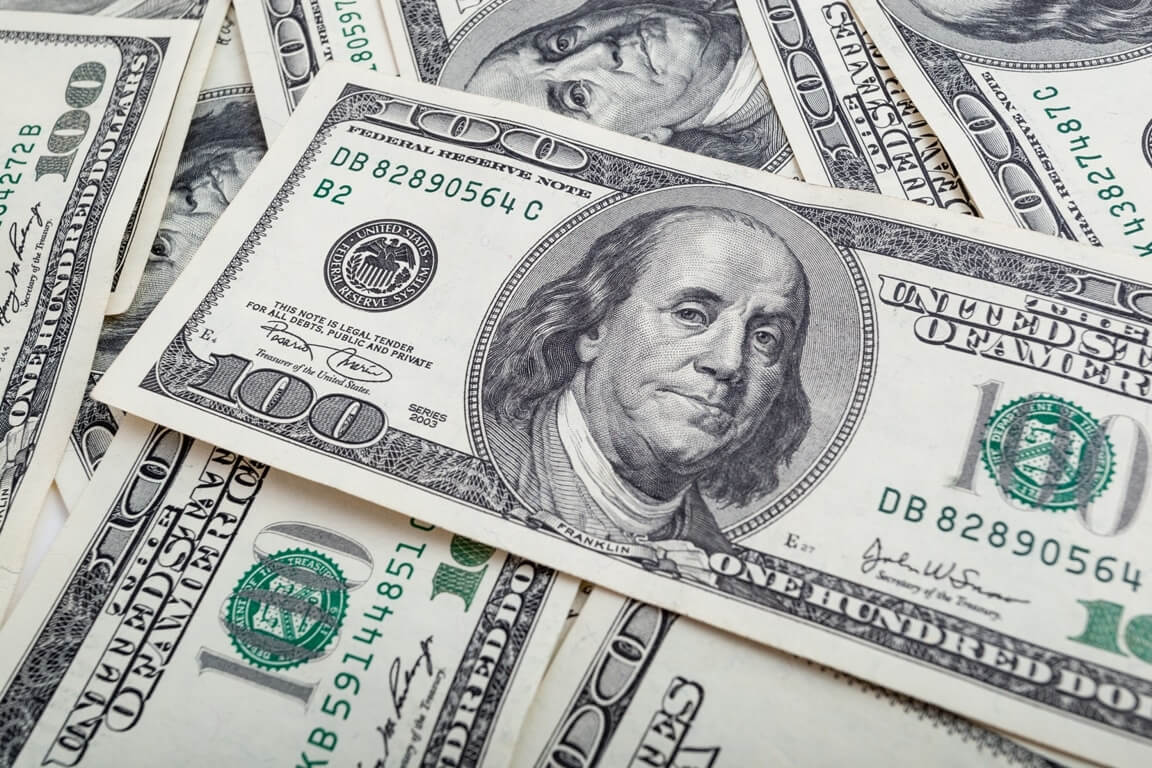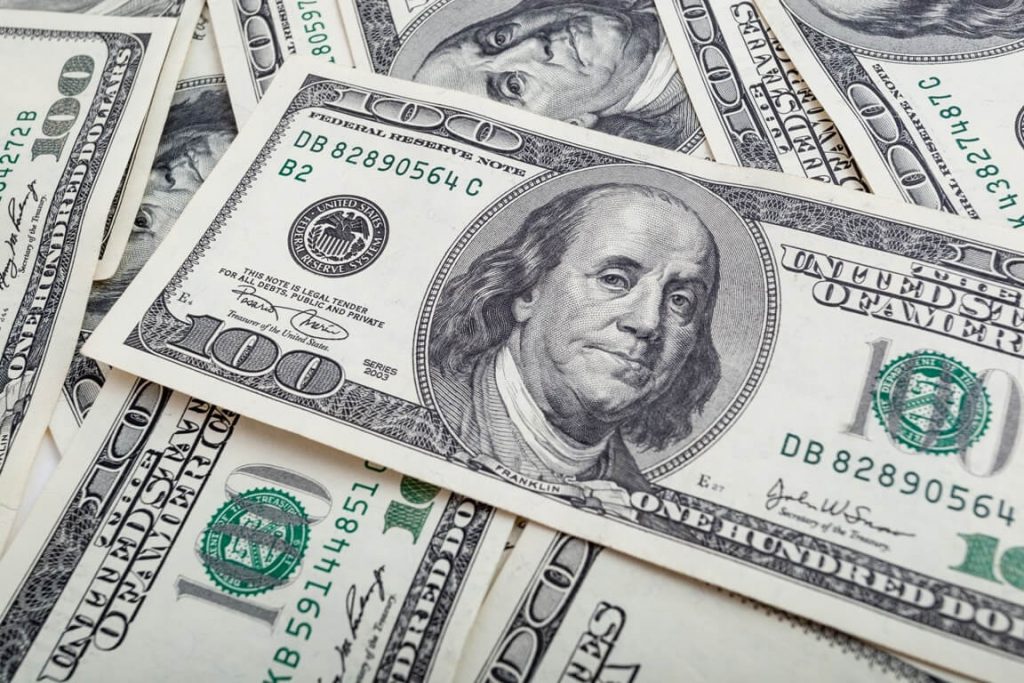
The Dollar Gained Ground
The dollar moved higher on Thursday, extending its gains from the previous day. Investors waited for softening in US labor and inflation statistics. It might imply a pause of US rate hikes and weaken the currency after months of strong.
The euro EUR-EBS fell 0.27% to $0.9858 after the release of European Central Bank minutes from last month’s meeting revealed policymakers were concerned that inflation could become trapped at unusually high levels. The pound fell 0.6%, while the dollar held stable against the Japanese yen and Swiss franc.
Following a tumultuous third quarter, currency markets have failed to establish a clear direction this week. The dollar initially fell versus the majority of major currencies before regaining ground. The dollar index was 0.34% higher, falling from a 20-year high of 114.78 in late September.
Currency markets are currently being influenced by shifting expectations about how aggressively central banks, particularly the Fed, would raise interest rates.
A crucial concern is whether they will shift from focusing solely on inflation and raising rates aggressively to factoring in slowing economic growth and thus raising rates more cautiously.
This means spectators will closely watch Friday’s jobs report and next week’s inflation estimates in the United States.
US benchmark treasury yields, which had risen earlier in the day, remained unchanged on Thursday.
Other Currencies
The Australian dollar was down 0.5% at $0.6455, despite Australia’s unexpectedly mild 25 basis point boost.
As a result, the Norwegian crown and Canadian dollar outperformed most rivals, while currencies such as the euro and pound suffered.
Higher energy prices would have a significantly more direct influence on the European region’s budget, owing to their closer interdependence.


